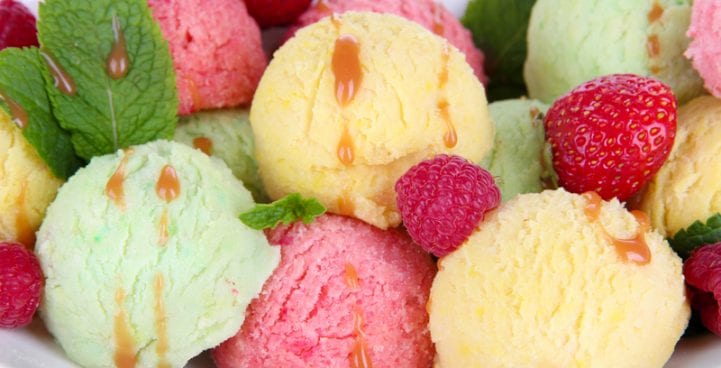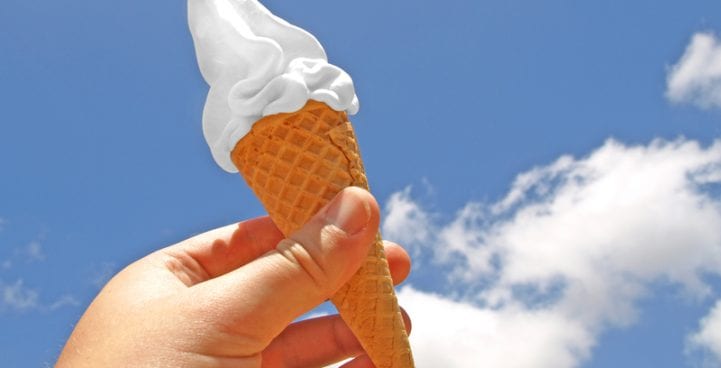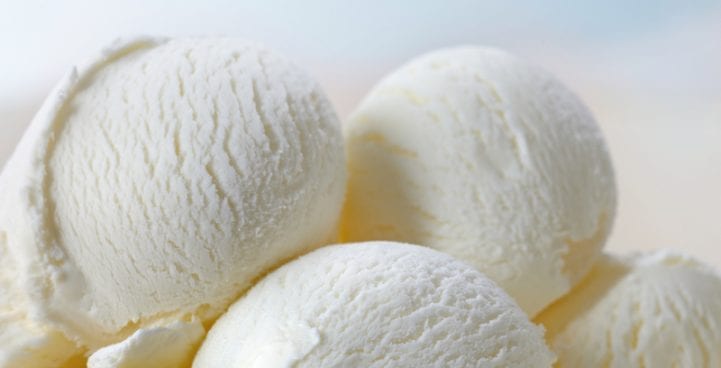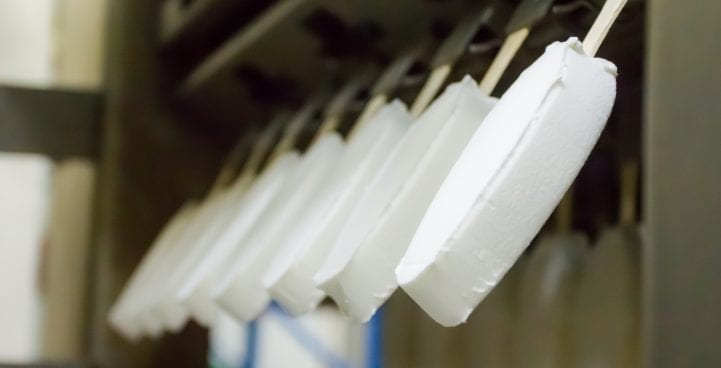
From popsicles via soft-serve to scoops- almost no one can resist the inherent delight of smooth chocolate, strawberry or vanilla ice cream. We have put together 11 little-known and interesting facts that may surprise you – and might well inspire your next ice cream rush…
• Ice cream’s history begins way back in ancient China. Chinese rulers created huge ice storage pits and it is believed they were particularly partial to flavored ice. In Europe, the Roman Emperors had fast runners to bring them snow and ice from the Apennines. They enjoyed their icy treats mixed with fruit, honey or rose water. Not that much different from today, really.
• The first ice pop was patented in the USA in 1923. It was invented by lemonade manufacturer Frank Epperson, who claimed to have stumbled upon the idea by accident in 1905. Having left out a glass of lemonade with a spoon in it, it froze overnight to create the first lemonade ice pop. Epperson initially named his invention the Epsicle ice pop. At the insistence of his children, he changed it to Popsicle. This brand has since become a genericized trademark for any type of ice pop.

• While claims that former British Prime Minister Margaret Thatcher did invent soft serve may be bending truth just a little bit, she did work for a company at the forefront of popularizing the treat in the UK between 1949-1951. She may have been working on making the UK variant more compatible with the US machines the company had brought in.

• Soft serve became VERY popular in the 1970s and 80s. This type of ice cream posed a hygienic risk. Originally made using raw eggs, many people became ill after eating it. Today’s soft serve no longer contains raw eggs. Professional machines use a pasteurized substitute instead.
• The Café Procope in Paris, opened in 1686, is considered by most scholars to be one the first ice cream parlors. Ice cream remained an exotic treat for the elite well into the 19th century, but when mass production brought prices down, ice cream parlors soon boomed around the world.

• Talk about obsession: Called the “Cathedral of Ice Cream”, the Coppelia ice cream parlor in Havana, Cuba employs over 400 people serving more than 4,250 gallons of ice cream to roughly 35,000 customers each day. The Oscar nominated 1994 movie ‘STRAWBERRY & CHOCOLATE’ was partially filmed here.

• Vanilla ice cream is commemorated annually with its own special day – July 23rd is ‘National Vanilla Ice Day’.
• Nancy Johnson invented the ice cream making machine in 1843. It was operated with a hand crank and revolutionized production.

• Dairyman Jacob Fussell from Baltimore, Maryland established the first factory for industrially producing ice cream on June 15, 1851 in Seven Valleys, Pennsylvania.
• The origin of the first ice cream cone is unknown. The New York Museum of Modern Art houses in its collection cones from Italo Marchioni that date from 1896. In Manchester, England, Antonio Valvona received the first known patent for a device that could mechanically produce biscuit cups for ice cream in 1902.
• In Europe, the Scandinavian countries Finland, Sweden and Norway lead consumption tables at over 3 gallons per capita annually. In Italy, considered the birth place of modern-day ice cream, the annual per capita consumption is about 1.5 gallons.
BONUS: It is okay to admit that you wanted to hear this from the second you read the post’s title ;-).
Did you enjoy this post? Make sure you subscribe to our newsletter to keep up-to-date with all the news from the Liebherr World of Freshness. If you have any questions or comments about what you’ve read, please get in touch with us! Simply use the comment function below this post or join in a discussion with us on Facebook.
This post includes a photo entitled “Inside Is For Locals Only” by flickr user BitBoy, used under the Creative Commons license. The original image has been resized from 640×480 to 594×304, which resulted in slight cropping.